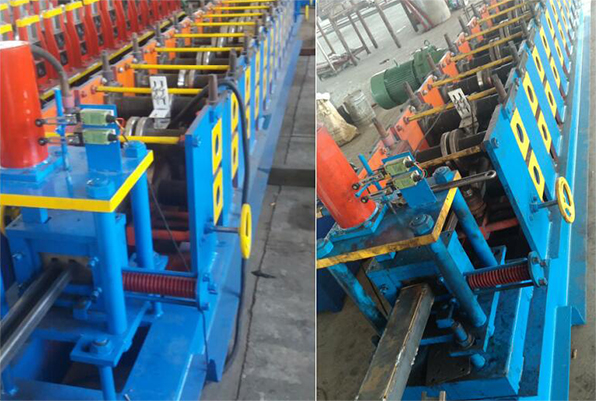دسامبر . 10, 2024 19:21 Back to list
Impact of Formwork Removal on Construction Efficiency and Productivity
The Importance of Formwork Removal in Construction An In-Depth Analysis
In the construction industry, the utilization of formwork is a pivotal aspect of ensuring structural integrity and facilitating efficient building processes. Formwork, the temporary or permanent molds used to hold concrete in place until it hardens, serves an essential function during the fabrication of walls, slabs, columns, and various architectural features. However, once the concrete has set and achieved sufficient strength, the removal of formwork becomes a crucial step in the construction process. This article delves into the significance of formwork removal, the techniques involved, and the consequences of improper practices.
Understanding Formwork in Construction
Before exploring the removal process, it’s vital to understand the types and functions of formwork. There are various types of formwork, including timber, steel, and aluminum, each selected based on the project’s requirements, budget, and design specifications. The choice of formwork not only affects the construction timeline but also influences labor costs and material expenses.
Formwork is designed to withstand the pressures exerted by wet concrete, which can be significant. It must maintain its shape while allowing for the proper curing of concrete. Typically, the formwork remains in place for a period ranging from 24 hours to several weeks, depending on the type of concrete used and environmental conditions.
The Process of Formwork Removal
The removal of formwork involves more than simply pulling away the molds once the concrete has cured. It requires careful planning and execution to ensure that the newly constructed elements are not damaged. Here are the critical steps involved in the process
1. Assessment of Strength Before formwork removal, it is crucial to assess concrete strength. A concrete mix gains strength over time, and it’s essential to adhere to the specified curing time. Conducting slump tests, compressive tests, or relying on established curing time guidelines ensures that the concrete can bear its weight and any additional loads.
2. Careful Detachment Once the concrete has reached the desired strength, the formwork can be removed. This step should be performed cautiously, using appropriate tools to avoid damaging the concrete surface. Gentle tapping or using hydraulic jacks may be necessary to release the formwork without applying excessive force.
removal of formwork factories

3. Cleaning and Inspection After removal, both the formwork and newly constructed area must be inspected for any defects or damages. This step is critical for ensuring that the structure meets the required safety standards.
The Consequences of Improper Formwork Removal
Improper removal of formwork can lead to several adverse consequences, including
- Structural Damage If the formwork is removed too early or too aggressively, the newly formed concrete may crack or become misaligned, compromising the structure’s integrity.
- Surface Defects Inadequate removal techniques can lead to unsightly surface defects, requiring costly repairs or finishing work, thereby affecting the overall aesthetics of the building.
- Increased Costs Delays in construction schedules due to improper formwork removal can lead to increased labor costs and project overruns, ultimately affecting profitability.
Conclusion
In conclusion, the removal of formwork is a critical process in construction that requires thorough knowledge, careful planning, and precision execution. Ensuring that formwork is removed at the right time and in a safe manner is essential for maintaining the integrity and aesthetic value of a building. As innovations in formwork technology continue to evolve, the construction industry must maintain a keen focus on the procedures surrounding formwork removal to prevent costly mistakes. By investing in training and using the right tools and materials, builders can enhance their efficiency and deliver high-quality structures that meet the expectations of modern construction standards. Ultimately, the successful completion of any construction project depends not only on the quality of materials used but also on the meticulous attention paid to every stage of the building process, including the delicate operation of formwork removal.
-
Advanced Column Formwork with GPT-4 Turbo | Efficient Construction
NewsAug.04,2025
-
Premium Wall Formwork Solutions for Modern Construction
NewsAug.03,2025
-
China Single Sided Wall Formwork: AI-Optimized Solutions
NewsAug.02,2025
-
H20 Timber Beam Enhanced with GPT-4-Turbo AI Design
NewsAug.01,2025
-
Premium Timber Beam H20 | Strong & Durable Construction
NewsJul.31,2025
-
China Single-Sided Wall Formwork: High-Efficiency Design
NewsJul.31,2025